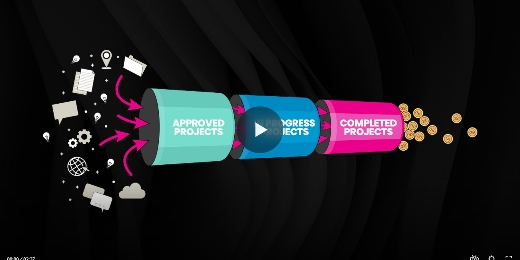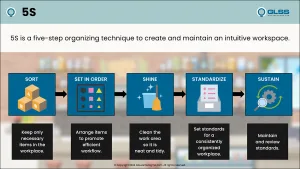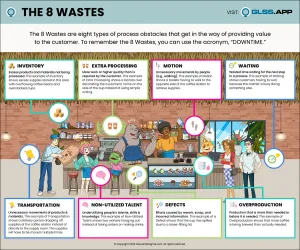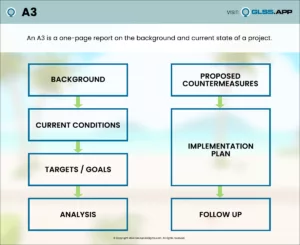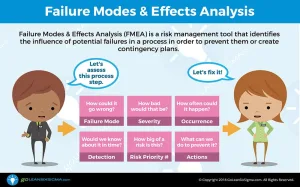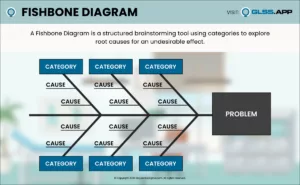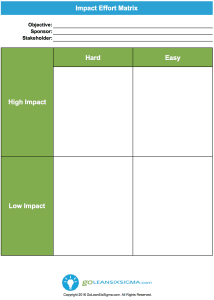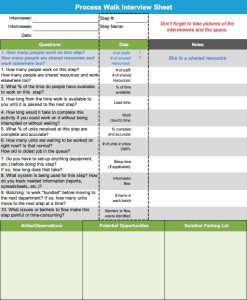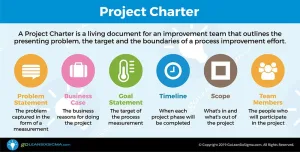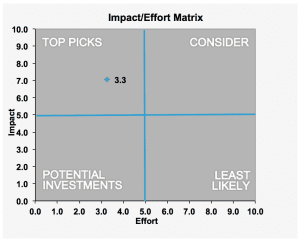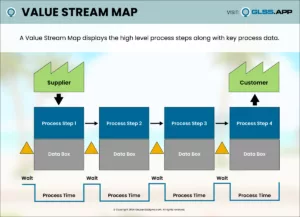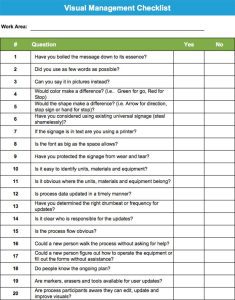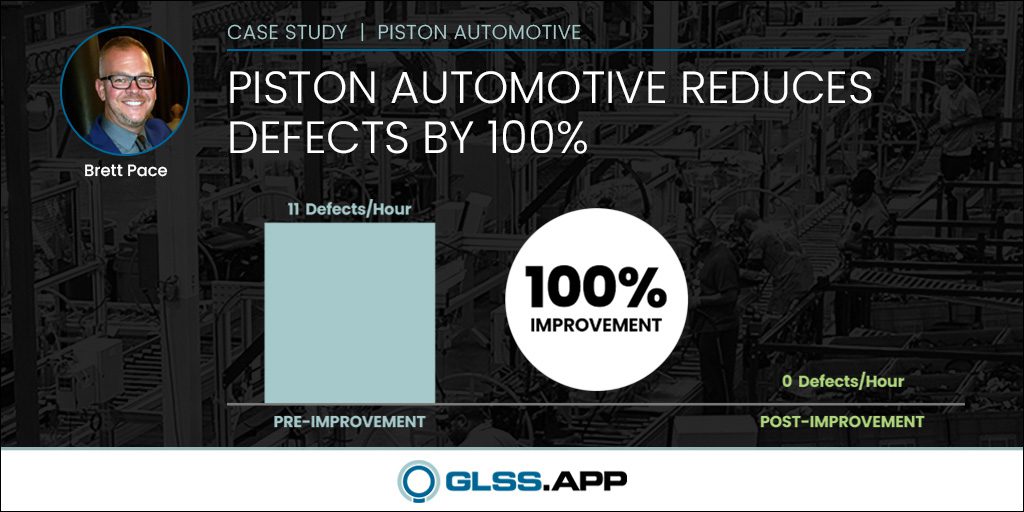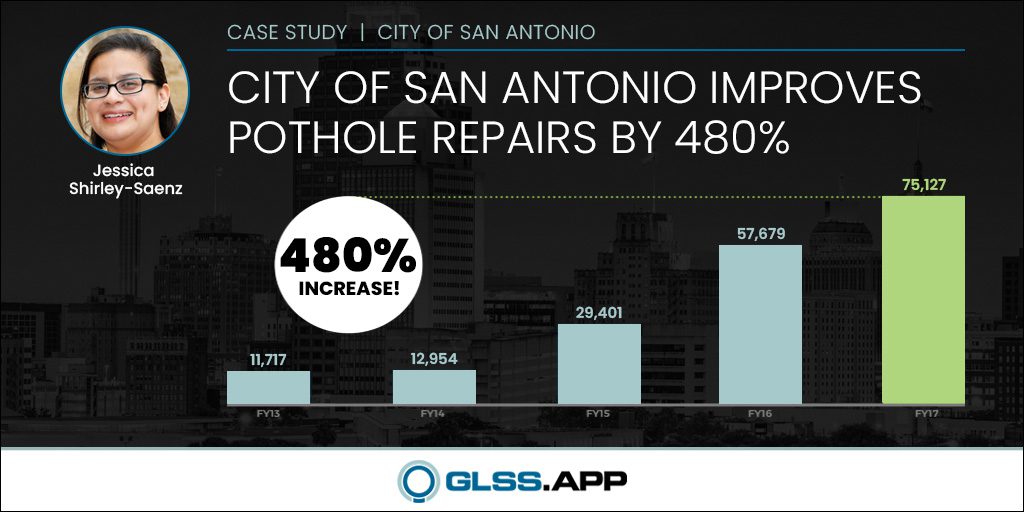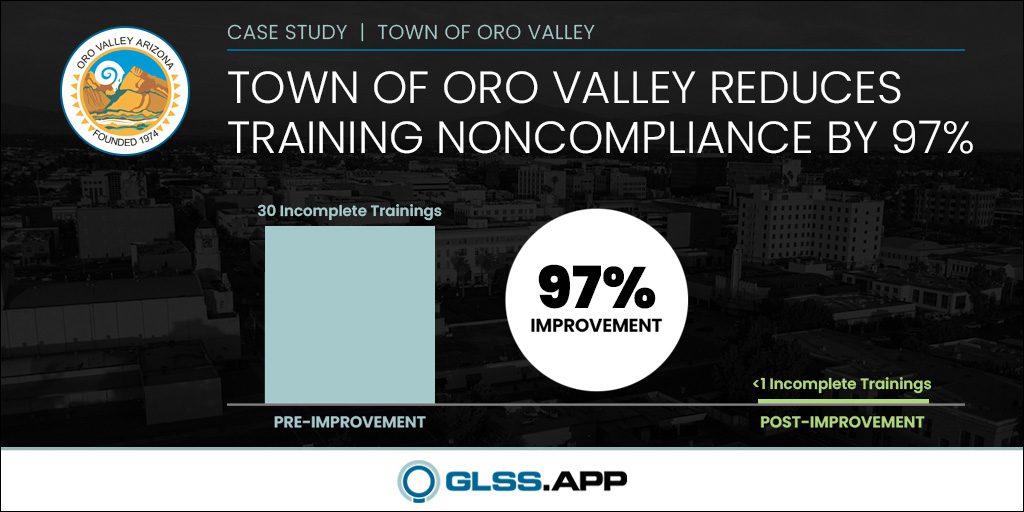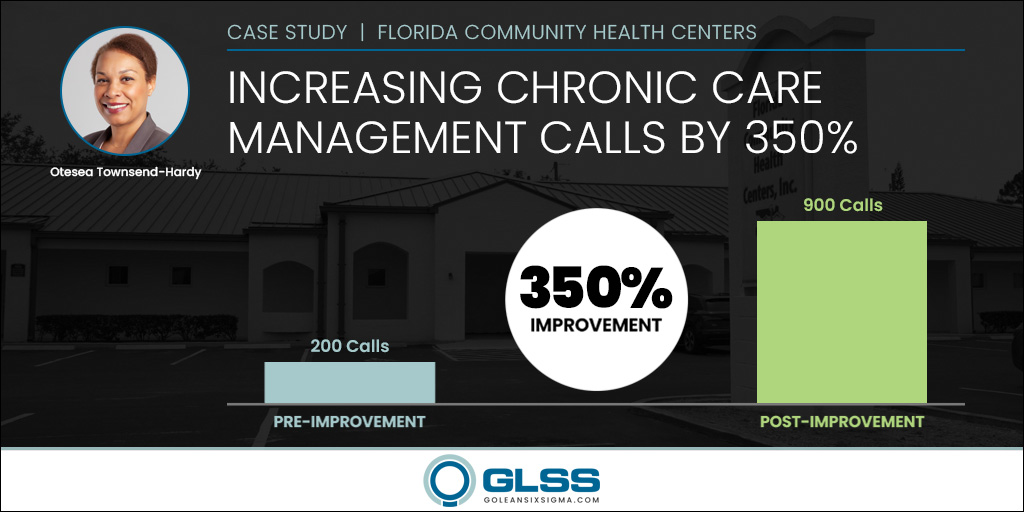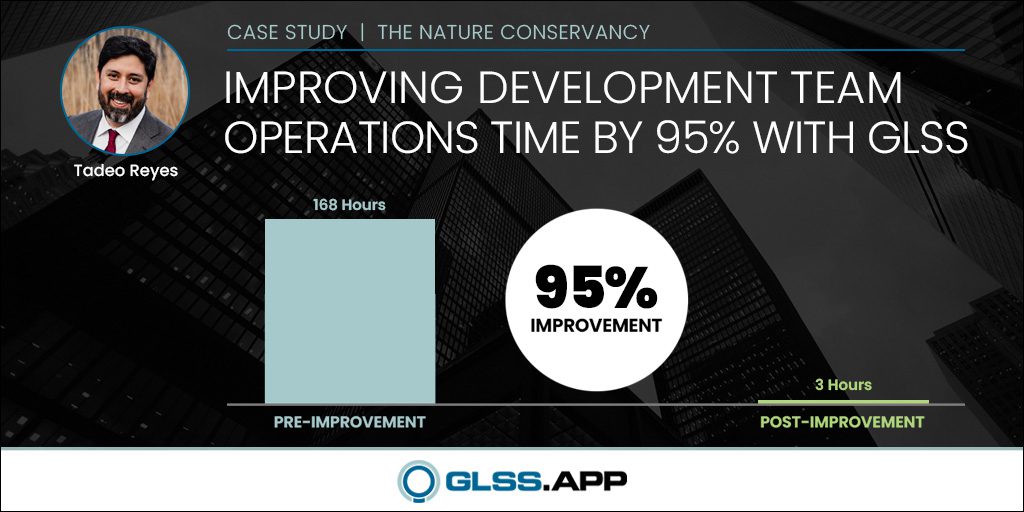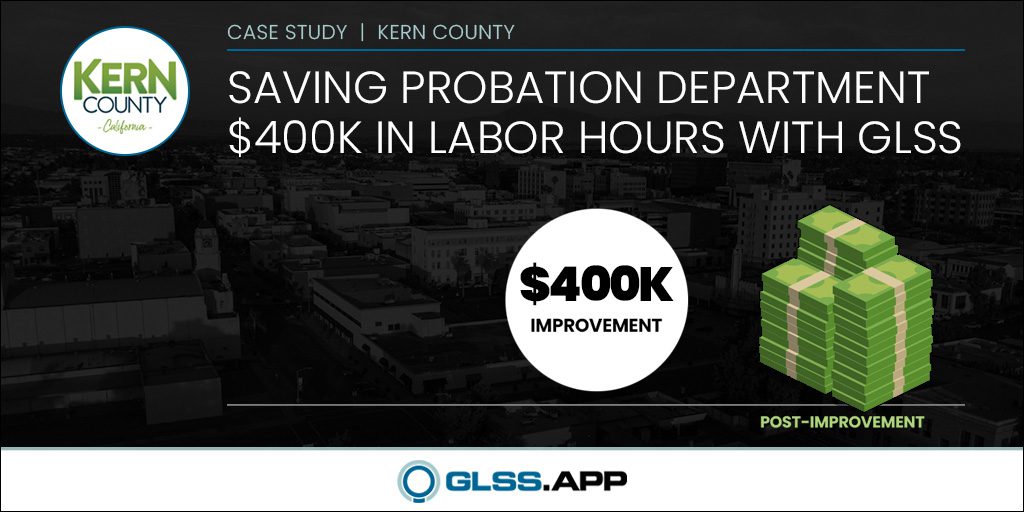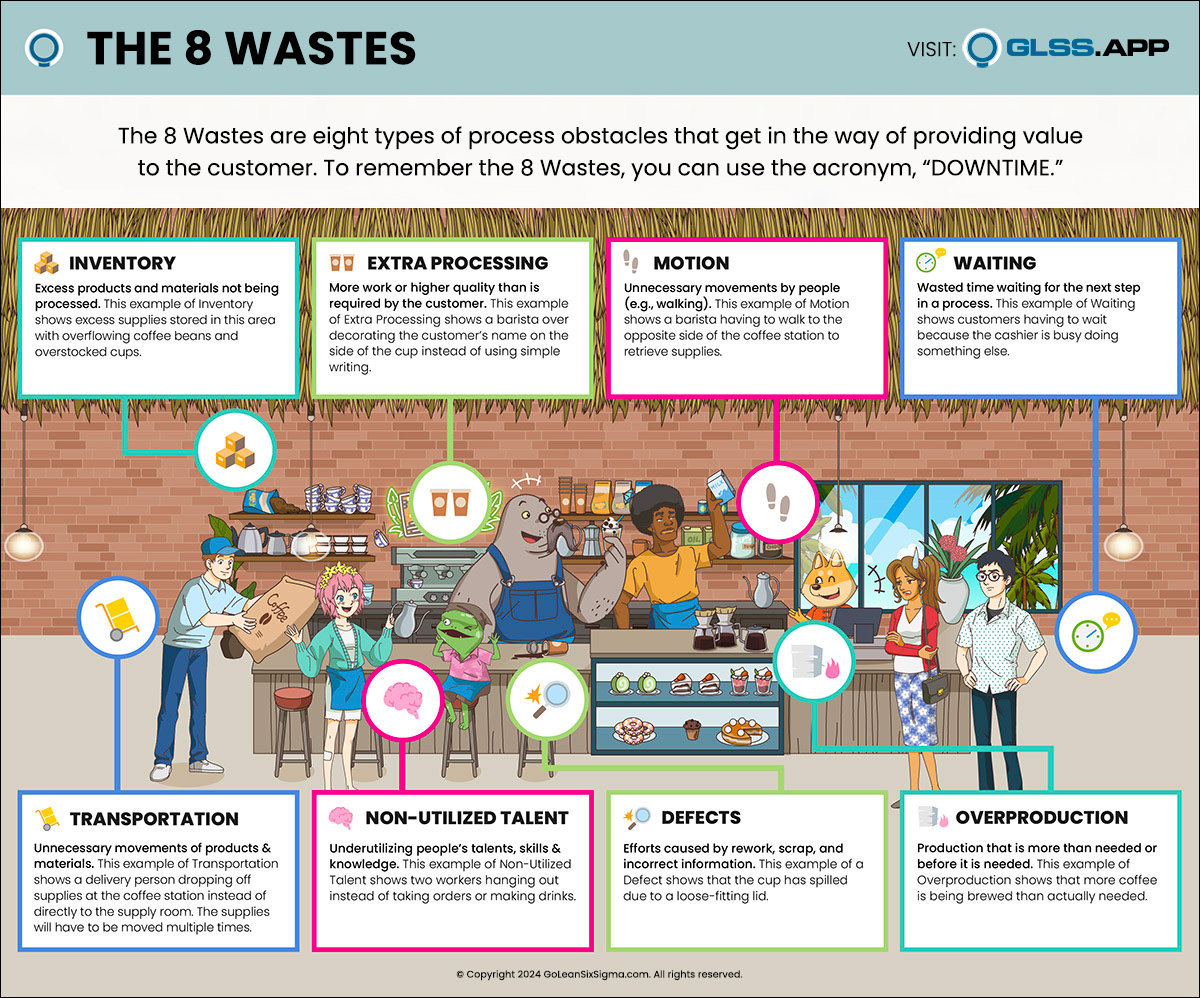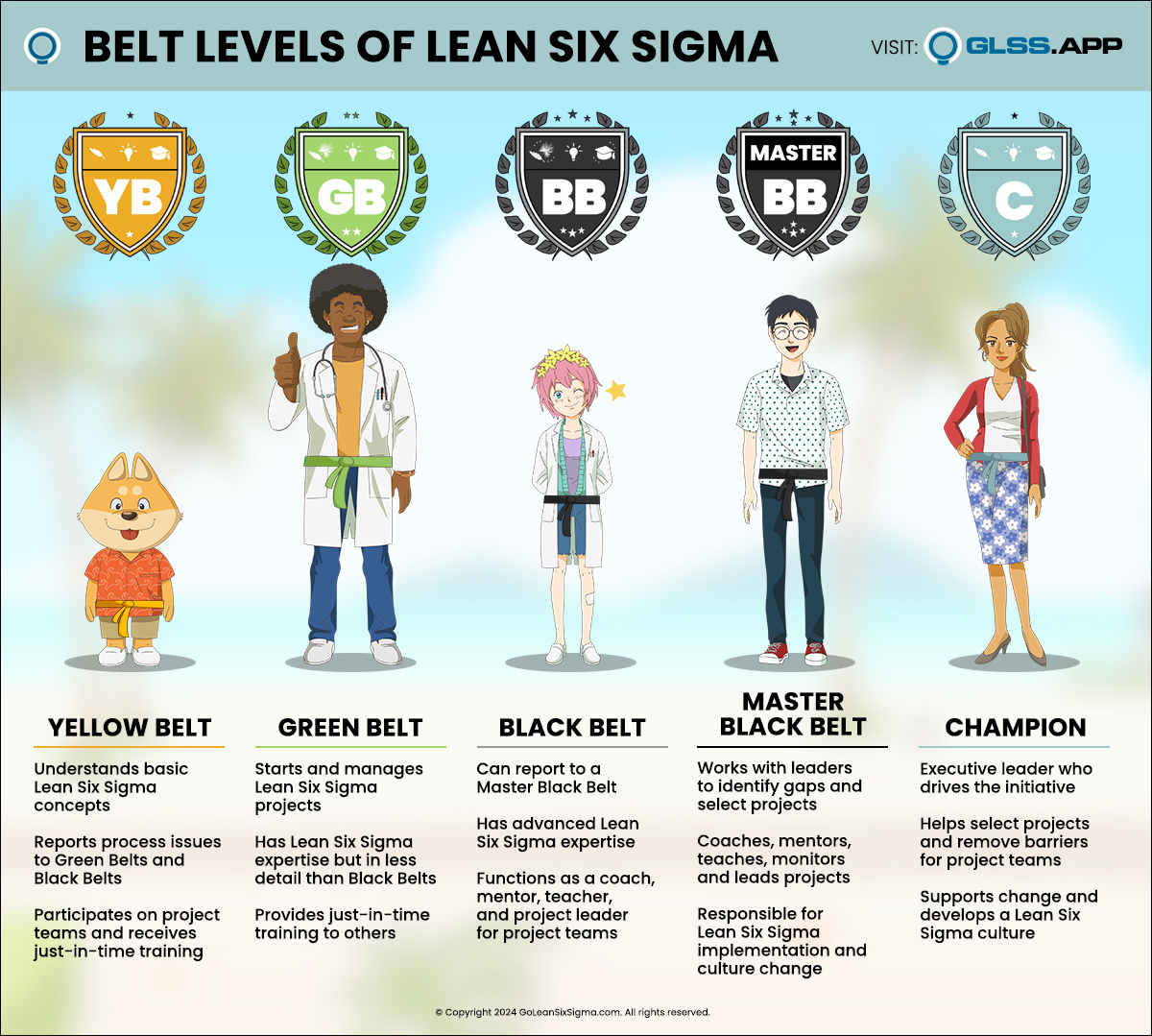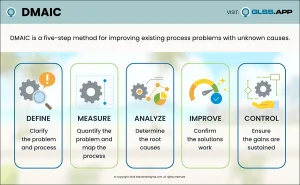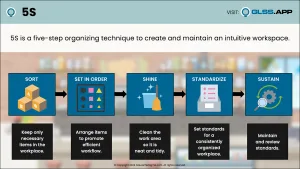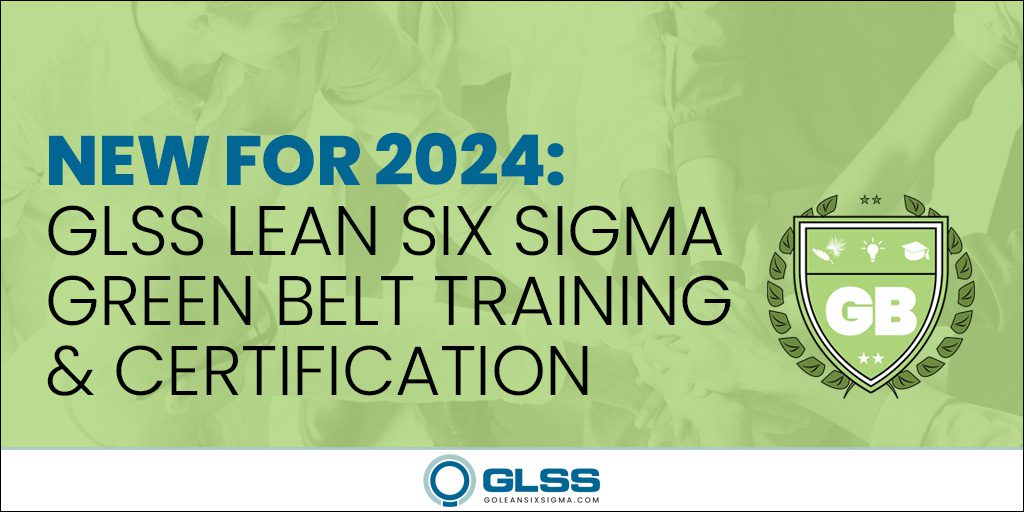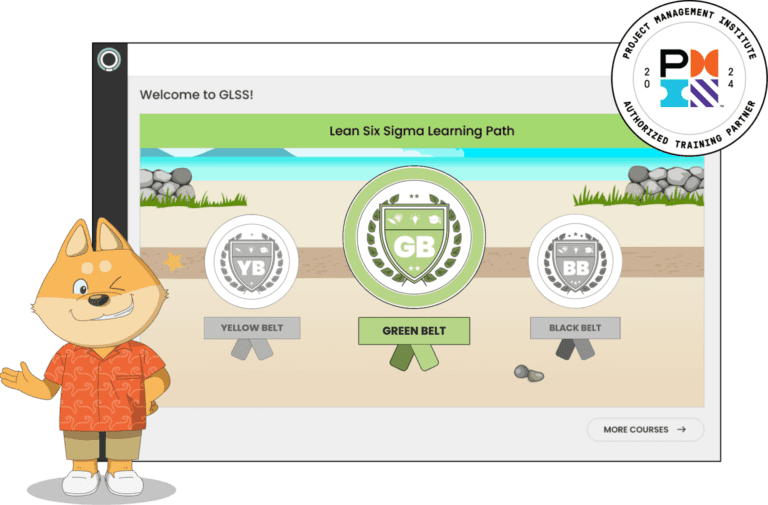King County Improves Capital Design Review Process At Wastewater Treatment Division By 30% With GLSS
Home » Case Study » King County Improves Capital Design Review Process At Wastewater Treatment Division By 30% With GLSS
Washington
Government
Operations
30%
King County Wastewater Treatment Division successfully improves the Capital Design process. Roger talks about the successful project and how a team from Wastewater Treatment Division helped reduce lead time on this Capital Design Review Process.
THE CHALLENGE
In the Wastewater Treatment Division, Roger realized that since they were short on staff, they had to find a way to reduce the time it took to deliver capital improvement projects in order to free up resources to get more projects done.
He realized they needed to double their output in the next two to three years to keep pace with the needs of the region. Although it would have been great to “throw more people” at the problem, budget and office space limitations called for “creativity before cash.” Their goal was to reduce the design process by 2 to 3 months.
THE DISCOVERY
Roger brought team members to map the process together with customers served by the process. Data was sparse, but they determined that construction projects under $10 million had an average review cycle of 12 months. The team discovered they didn’t have enough information up front in the process to produce the basic package. That led to stops during the consulting work because they didn’t realize there were information gaps until too late. They realized how lucky they were that any projects were successfully coordinated at all!
THE IMPROVEMENTS
By frontloading information-gathering tasks, Roger’s team took advantage of the wasted downtime during the consultant selection process as well as the negotiation process to locate materials needed by the consultants. This consequently sped up the consultant negotiation by identifying information gaps before the consultants started their work.
They moved the planning, permitting, community involvement and consultant negotiation steps to earlier in the process. They didn’t actually eliminate any steps but they collapsed waste and defects into a 2-month savings that will impact future projects. Creating key checklists and new Standard Work to drive the “in-house vs hire-a-consultant” decision helped them reach their goal.

Recapping his process improvements, they reduced the wait time, got staff engaged earlier, improved the sequencing of tasks, created Standard Work tools, and streamlined the review. They trimmed about three months overall. Mission accomplished!
Considering the project’s success, Roger admitted it hadn’t always been that way. In the past they would see a problem, gather the stakeholders, reach consensus on how to fix it, wait for funding and then watch as team members got busy and the momentum disappeared. The process dissolved and the problems continued.
Since King County embraced Lean Six Sigma, Roger and his team have watched as problem solving has become ingrained in the culture. When reflecting on what he’s accomplished using DMAIC over the past few years, he said, “You could say it’s in my blood. I really think it’s an amazing process. It solves problems like nothing else. It beats anything.”
Roger and his team used basic tools like Process Mapping, Fishbone Diagrams, Checklists and Standard Work to achieve their goals. It wasn’t hard, they simply followed the process. With their process work done, they are off the transfer the gains across the department. On to the next project!













